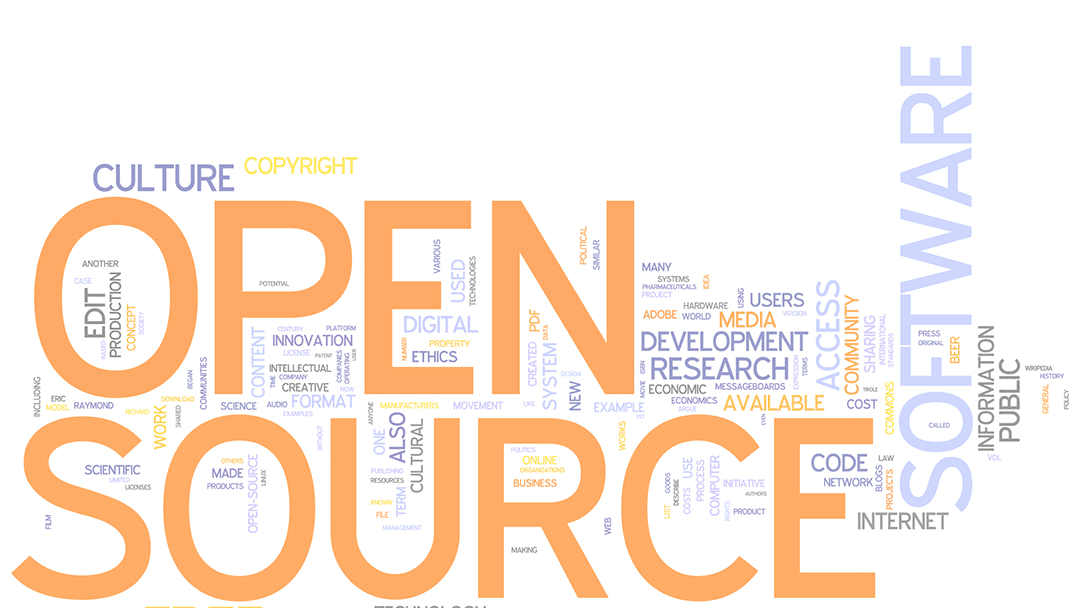Open source technology is an often-misused term; too often, users think open source is synonymous with free. With the relatively recent rise of the Internet’s influence on production and development of software, open source has become a popular vehicle to obtain widespread use and support of some very popular software titles.
When youthful developers think of open source, programming becomes a form of art much less a painting and more like creating music by harmoniously working in collaboration towards a common objective with few licensing restrictions and more freedom to grow.
When companies think of open source, these days they think “business agility,” a quality they increasingly value above all others in the fast-changing marketplace.
The ability to create new applications quickly, reliably and economically is drawing businesses big and small to open source and emboldening them to use it for ever-larger projects, IT practitioners say.
Companies large and small have taken to open source as a way to increase collaboration, reduce development costs, provide a friendly platform for their products, and sell services. Billions of dollars of value has been created based on this simple structure. The adoption of open source software has become a cultural phenomenon. The basic facts regarding the growth of the open source movement are amazing.
Open source technology has spawned an open source culture among programmers and developers who embrace the open source philosophy. Many open source initiatives begin to spite the large corporations who dominate the markets with expensive, complicated, and over-commercialized software. In fact, many Linux developers are committed to producing software that rivals or even surpasses the flexibility and compatibility of such software giants as Microsoft, Apple, and IBM.
Most money made from open source software comes in the form of support for the software technology and its many additions, add-ons, and modifications that often ensue. Although most open source software is available to download free, license remains with the original creator of the software and does not transfer to anyone regardless of any modifications, improvements, or add-ons made to the open source software. Although free to download, the software is not free in the sense that the end user can do whatever he/she wants to it including selling it.
Cost savings may be only part of open source’s allure, but it’s still a big part, no matter what size the organization.
Enterprises have always customized packaged software such as ERP applications, except now, with open source, that customization is less expensive.
Conclusion
Although open source software is often free to download and use, open source licenses rarely transfer any ownership of the software to the end user or developer. Open source is not limited to software. Open source philosophies have been applied to everything from medicine to soft drink formulas. The result is higher commitment and even cult status among the developers and users of open source technologies.

